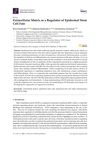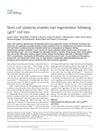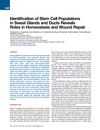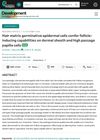Defining the Transcriptional Signature of Esophageal-to-Skin Lineage Conversion
February 2021
in “
bioRxiv (Cold Spring Harbor Laboratory)
”
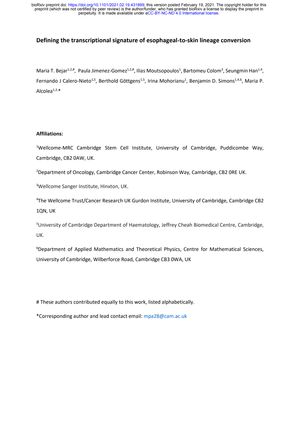
TLDR Adult esophageal cells can start to become like skin cells, with a key pathway influencing this change.
In the study, researchers developed a 3D culture system to investigate how adult esophageal epithelial cells can change their identity when exposed to the stroma of adult skin. They found that these esophageal cells could transition towards a hair follicle identity and architecture, a process that was also replicated in vivo through heterotypic transplantation experiments. Single-cell RNA sequencing and histological analysis showed that most esophageal cells in the process of converting to skin identity remained in an intermediate state characterized by a regenerative profile and a strong hypoxic signature. The inhibition of the HIF1a pathway was identified as a key regulator of this epithelial cell plasticity, suggesting that it plays a central role in driving the cells away from their transitional state and towards complete cell fate conversion.


